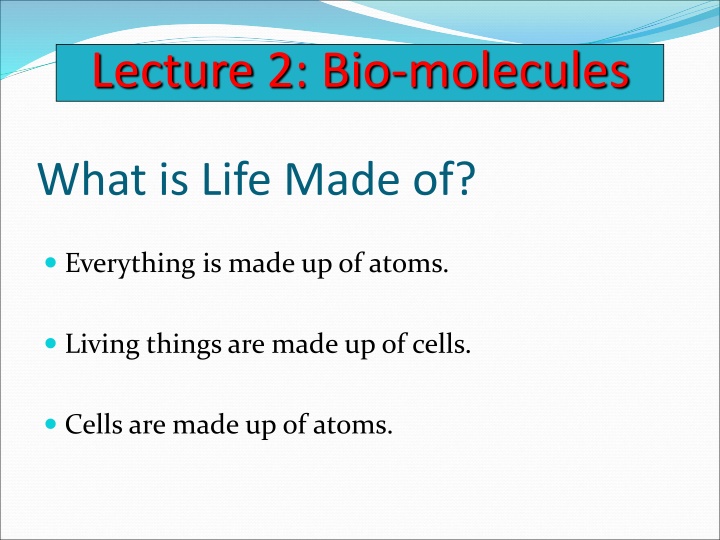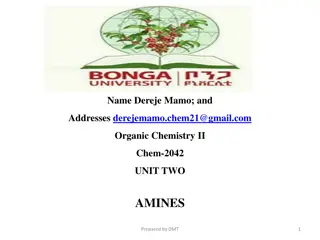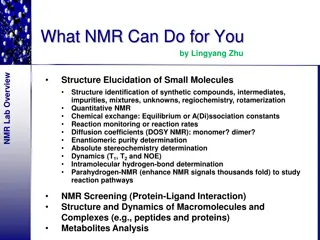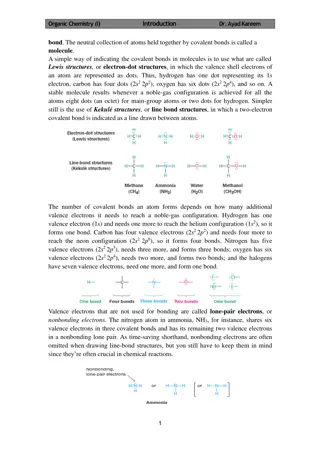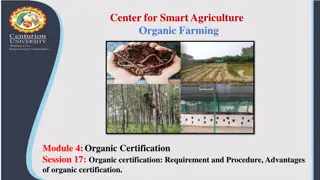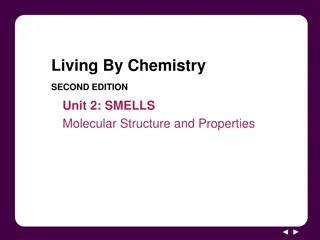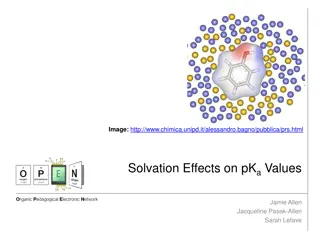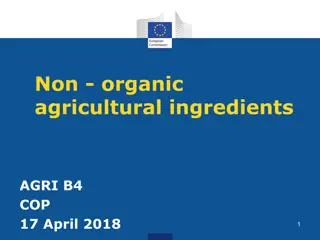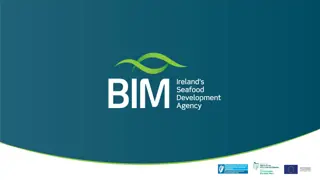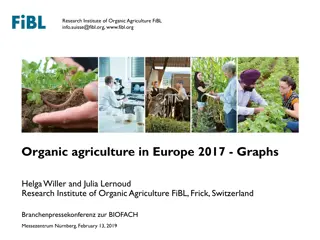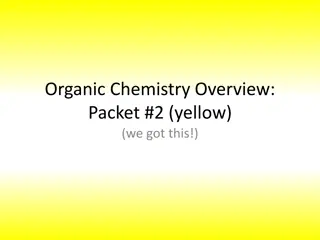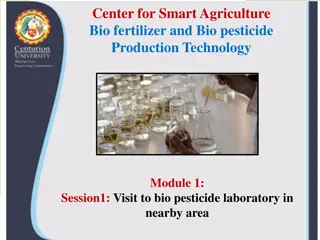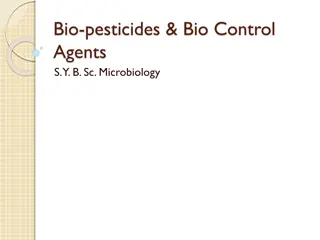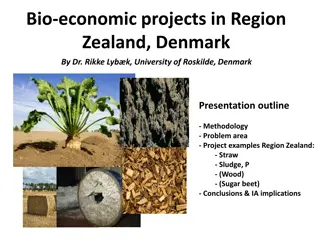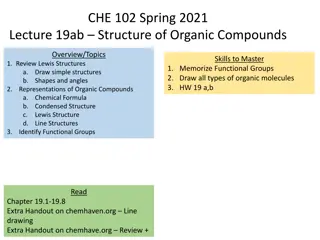Life's Building Blocks: Bio-molecules and Organic Chemistry
Delve into the fundamental components of life with a focus on bio-molecules like carbohydrates, lipids, proteins, and nucleic acids. Explore the structure of water, types of solutions, and the significance of pH balance in organisms. Gain insight into the monomers and polymers that form the basis of biological molecules.
Download Presentation

Please find below an Image/Link to download the presentation.
The content on the website is provided AS IS for your information and personal use only. It may not be sold, licensed, or shared on other websites without obtaining consent from the author.If you encounter any issues during the download, it is possible that the publisher has removed the file from their server.
You are allowed to download the files provided on this website for personal or commercial use, subject to the condition that they are used lawfully. All files are the property of their respective owners.
The content on the website is provided AS IS for your information and personal use only. It may not be sold, licensed, or shared on other websites without obtaining consent from the author.
E N D
Presentation Transcript
Lecture 2: Bio-molecules What is Life Made of? Everything is made up of atoms. Living things are made up of cells. Cells are made up of atoms.
Bio-molecules Structure of Water 1. Organic molecules 1. Carbohydrates Lipids Proteins Nucleic acids
I- Water Life exists on Earth because of the abundant liquid water. Water has been referred to as the universal solvent. Aqueous solutions: are solutions that have materials dissolved in water) So, it has slightly positive and a slightly negative sides.
Types of solutions Hydrophilic (Glucose): Is any substance that has an affinity for water> Hydrophobic (Lipid): Is the substances that have no affinity for water. Because they have non-ionic and non-polar covalent bonds. Thus, water molecules cannot form hydrogen bonds with these molecules. Amphipathic(Phospholipid): Has end with affinity for water and the other end with no affinity for water The Hydrophobic molecules are the major components of cell membranes.
Organisms are sensitive to changes in pH The acid: Is a substance that increases the hydrogen ion (H+) concentration in a solution. When hydrochloric acid is added to water, hydrogen ions dissociate from chloride ions: HCl H+ + Cl- Addition of an acid makes a solution more acidic. The base: Is any substance that reduces the hydrogen ion concentration in a solution. Some bases reduce H+ directly by accepting hydrogen ions. Other bases reduce H+ indirectly by releasing OH- that combines with H+ to form water. NaOH Na+ + OH- OH- + H+ H2O Solutions with more OH- than H+ are basic solutions.
2. Biomolecules Carbohydrates Lipids Proteins Nucleic Acids 1. 4 main molecules involved in life 2. 3. 4.
(Carbohydrates, Lipids, Proteins and nucleic acids) Mono-mer Di-mer Poly-mer Polymer is a long molecule consists of a chain of similar building molecules (monomers) covalently bounded together. Polymer can be built up by linking its monomers by dehydration (removing H2O). Polymer can be broken down to its monomers by hydrolysis (adding H2O).
Monomers Macromolecule Carbohydrates Monomer Monosaccharide (sugar) Hydrocarbon chains Lipids Amino acids Proteins Nucleotides Nucleic acids
Carbohydrates Made of: carbon, hydrogen, and oxygen atoms Function: provide living things with energy Examples: sugars and starches (corn, rice, potato, wheat)
Polysaccharides Consist of few hundreds to few thousands of monosaccharides. They are two types: 1- StorageProvide sugar for cell by hydrolysis. as Starch (in plants) and Glycogen (in animals) 2- StructuralServe as building materials for the organism. as Cellulose in plants (cell wall) and Chitin in the cuticleof insects
Lipids Made of: long chains of carbon and hydrogen atoms (with some oxygen). Function: store energy, repel water Examples: fats and oils (butter, cheese, oil)
A)- Saturated Fats The Fatty acid components are saturated (there is no double bonds between the carbons. All C are linked with H. Thus, it is saturated with H. Most animal fats are saturated. They are solid at room temperature. * Saturated fats-rich diet results in Atherosclerosis. B)- Un-saturated Fats These double bonds are formed by the removal of H atoms. Most vegetable fats (oils) and fish fats are unsaturated. * They are liquid at room temperature. They can be synthetically converted to saturated (solid) by adding H (Hydrogenation).
Phospholipids Are major components of cell membranes Phospholipids have two fatty acids attached to glycerol and a phosphate group at the third position. The phosphate group carries a negative charge. The fatty acid tails are hydrophobic, but the phosphate group and its attachments form a hydrophilic head. Thus, it is amphipathic 13
Proteins Made of: Nitrogen, Carbon, Hydrogen, and other atoms Function: Many different jobs in our bodies include structural support, storage, transport of other substances, intercellular signaling, movement, and defense against microbes. Examples: enzymes, muscles, hair
Nucleic Acids Made of: Phosphorous, Carbon, Nitrogen, Oxygen, and Hydrogen atoms Function: Store genetic information Examples: DNA, RNA
